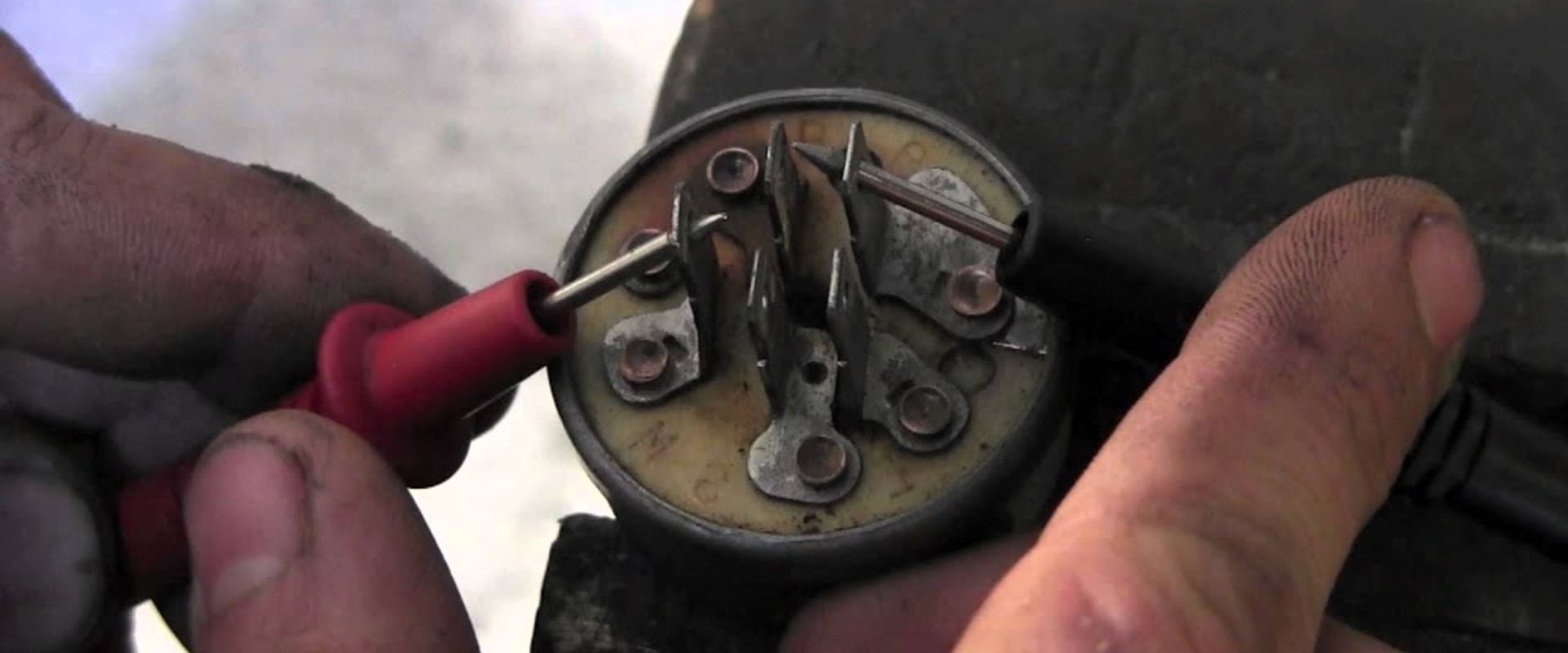Amazon walnuts (Bertholletia excelsa), also known as Brazil nuts, are the fruit of an arboreal species native to the highest elevations of the Amazon rainforest. They are found mainly in Peru, Bolivia and Brazil.
Brazil nuts are some of
the most valuable non-wood products in the Amazon, but they are extremely sensitive to deforestation, due to their complex ecological requirements. Trees produce fruit only in quiet habitats and cannot be grown in pure stands.They need large native bees for pollination of their semi-enclosed flowers and rely only on agoutis (medium-sized rodents) for seed dispersal. Brazil nuts are mainly harvested in the wild by the local population. Many forest communities rely on the collection and sale of Brazil nuts as a vital and sustainable source of income, and sweet nuts provide protein and calories to tribal, rural, and even urban Brazilians. Native Amazonians use the empty pods as containers and prepare the bark to treat liver ailments.
Brazil nuts are an interesting crop. Native to the Amazon rainforest, Brazil's chestnut trees can grow up to 150 feet (45 m). However, they are almost impossible to grow because their pollination requirements are very specific. Only certain native bees can get into flowers and cross-pollinate to produce nuts, and these bees are virtually impossible to domesticate.
Because of this, virtually all Brazil nuts in the world are harvested in the wild. Read on for information on the Brazil nut harvest and the chestnut tree. Edivaldo resells his production to Rosenilson Ferreira, known as Louro, who, during the walnut harvest, often goes to the territory to load his truck. Brazil nut (Bertholletia excelsa) is a South American tree of the Lecythidaceae family, and is also the name of the edible seeds commercially harvested from the tree.
Brazil walnut wood (not to be confused with Brazil wood) is of excellent quality and has a variety of uses, from flooring to heavy construction. Victoria Mutran, the exporter from Belém, said that there is “a great interest in walnuts in shells for the Chinese market and that it has already been addressed by Chinese businessmen.”. But the first mention of Brazil nuts from Western sources dates back to 1569, when Spanish and Portuguese explorers walked through South America, fighting, killing and subjugating native peoples. Brazil chestnut trees produce fruit almost exclusively in pristine forests, since disturbed forests lack large bees of the genera Bombus, Centris, Epicharis, Eulaema and Xylocopa, which are the only ones capable of pollinating the tree's flowers, with different genera of bees being the main pollinators in different areas and different times of the year.
Nutritionally, Brazil nuts are a rich source (20% or more of the Daily Value, DV) of dietary fiber (30% DV) and various dietary vitamins and minerals. Manoel Monteiro, who heads Cooperacre, a large cooperative of chestnut collectors, agrees that there is a Chinese appetite, although there are difficulties in meeting demand. A Smithsonian biologist tracks protein-rich nuts to understand their role in the Amazon rainforest. Alone among the foods of the world economy, these nuts come almost exclusively from remote natural forests, rather than from more convenient plantations.
The fruit itself is a large capsule 10 to 15 cm (4 to 6 inches) in diameter, resembling the size of a coconut endocarp and weighing up to 2 kg (4 lb 7 oz). But, despite their popularity, many of us have no idea of the fact that almost all Brazil nuts come from the Amazon rainforests, hand-picked by forest-living collectors, as Manuel Guariguata, CIFOR's lead scientist in ecology and management of tropical forests, tells me since his office in Peru, “Brazil nuts are the only internationally traded nut that comes from nature, so it is very unique”. On a fine day, an experienced collector can find more than a thousand pods, cut them with a machete and transport the nuts, in bags of up to 140 pounds, to the river or the nearest road. It was they who named the Brazilian walnut tree Bertholletia excelsa, in honor of Humboldt's friend, chemist and salon presenter Claude Louis Berthollet.
In several countries in South America, Brazil nuts are called Brazil nuts or Brazil nuts (Spanish). . .

Leave Message